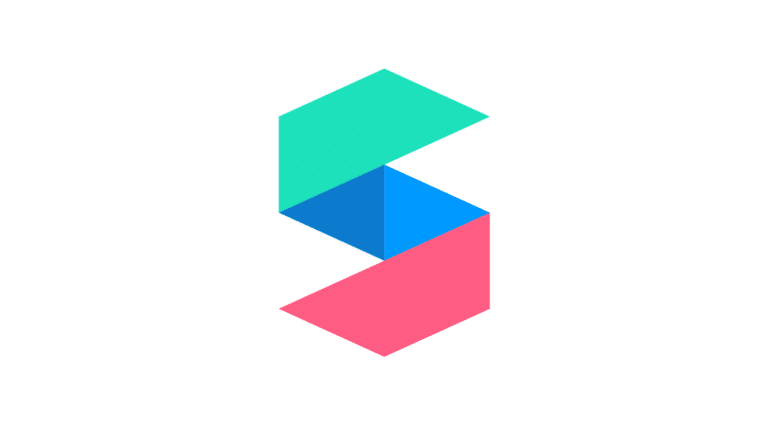
Though it may not be as central of a driving force as it is at Snapchat, Facebook is intent on lens-based use cases to enhance social connections. This is one of many pieces in Facebook’s spatial computing puzzle, which also includes AR-cloud development and, of course, VR.
The endgame is ubiquitous VR and AR glasses, but like many other tech giants driving towards that future, mobile AR is a key stop along that journey. For Facebook, that manifests in similar ways as it does at Snap — as lens-based enhancements to multimedia sharing.
Late last week, Facebook reached a new milestone on that long road towards AR ubiquity. At its F8 conference, it announced that it has reached 2 million AR effects (its term for lenses) and 600,000+ creators from 190 countries on its Spark AR developer platform.
It also unveiled a few platform updates including AR effects for Messenger, Instagram and Portal video calls. Its Multipeer API lets developers create shared AR effects for call participants (think: birthday hats). The idea is for creators to run with it and discover social AR use cases.
Neck-and-Neck
As for Facebook’s new AR effects figures and milestones, how do those stack up to the competition? Such comparisons are fairly timely as Snap announced its latest data at its recent Partner Summit. Notably, the two social AR players are neck-and-neck for lens volume.
Specifically, Snap announced the same 2-million lens milestone. However, the platforms differ in lens-creator volume: Snap’s Lens Studio has 200,000 creators versus Facebook’s 600,000. It’s unclear if this is apples-to-apples in terms of current/active creators versus lifetime totals.
Let’s say for the sake of argument that the two platforms’ creator populations are measured with the same parameters. That would mean that Facebook has been more effective in attracting lens creators, while Snap has been more effective at cultivating lenses per creator.
Facebook’s greater global reach (2.8 billion monthly active users versus Snapchat’s 500 million) not surprisingly bestows scale to attract AR creators. Snapchat’s investments in Lens Studio, meanwhile stimulate more engaged creators — some of whom make a living from it.
In fairness, it should be noted that the two AR creation platforms aren’t a zero-sum game. There are many lens creators that use both platforms in order to maximize reach. They’re each walled gardens, but there are some components of lens creation that make 3D assets portable.
The Destination and the Journey
Back to Facebook’s latest updates, some of those capabilities already existed amongst Facebook AR effects, such as shared AR effects and games for video calls. The difference here is new API access for developers to take the underlying capability and build things with it.
In that sense, platform updates like these are notable in that they represent one of the biggest ways to attract AR developers (the other being reach/scale, as noted). Facebook knows that AR engagement — which drives ad dollars — starts with robust libraries of Spark AR effects.
This is the same virtuous cycle we often invoke for Snap’s AR efforts, which have taken a decidedly developer-first approach over the past few years. The principle also applies to Facebook in kicking off a self-propelled flywheel of lens creation, engagement, and monetization.
Longer term, all of the above elevates AR comfort levels, pursuant to the real goal: AR glasses, as noted. Both Snap and Facebook have been forthright about their AR glasses plans. They’ve also been forthright that fully-actualized AR is more of a 2030 thing than a 2025 thing.
But that doesn’t mean the path to that goal isn’t valuable in itself. Both companies are investing heavily in optimizing user experiences, comfort levels and developer aptitude around spatial computing. And — in the case of mobile AR lenses — they’re making money along the way.
Or, as Endeavor VR CEO Amy Peck said during a panel discussion we participated in last week at the VR/AR Global Summit: “The metaverse is as much the journey as the destination.”
@VirtualGirlNY "the MetaVerse is as much the journey as the destination"…our 2D world networks becoming 3D #VRARGS…great panel on the burning questions in VR AR today chaired by @mikeboland with @tomemrich @LarryRosenthal @annebot @AlanSmithson1 pic.twitter.com/tIYdNyBrfj
— ARVR INNOVATE 2025 in Dublin, Ireland (@ARVRInnovate) June 2, 2021

